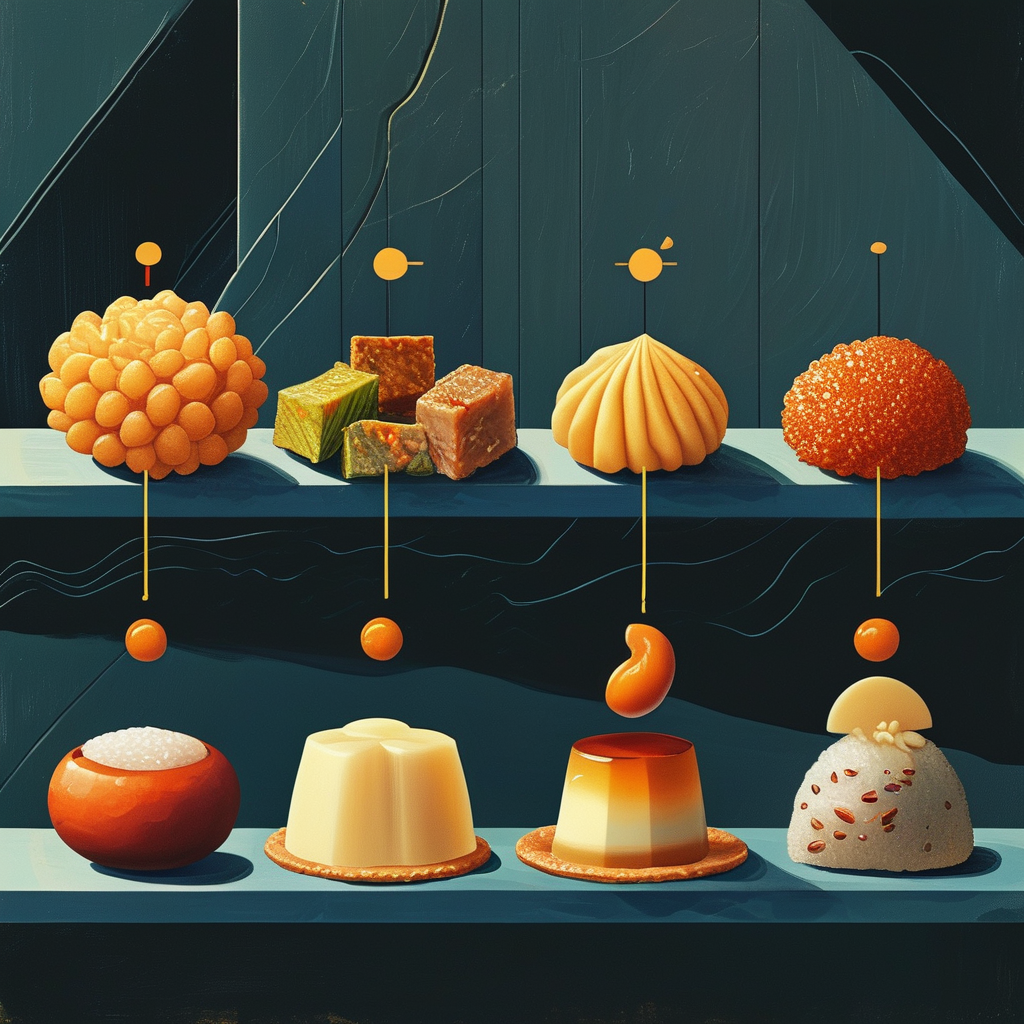The allure of sweet and salty flavors is an essential aspect of the human culinary experience. From childhood favorites to gourmet cuisine, these tastes play a crucial role not only in our diets but also in our emotional connections to food. Understanding taste preferences can unveil deeper insights into human behavior and culture. This brings us to the fundamental question: Why Do Humans Like Sweet and Salty?

Exploring the complexities of sweet and salty, Taste and Brain Chemistry: Exploring Sweet and Salty Flavor Dynamics illustrates how our cravings are intertwined with psychology and biology. The combination of these tastes also speaks to the way societies have shaped food choices over time.
Understanding our connection with these flavors can inspire healthier eating habits and promote mindful consumption. For those eager to delve deeper, check out Popular Sweet and Salty Food Pairings: The Appeal of Unique Combinations for insights into appealing food pairings. Explore more about why sweet and salty combinations are so intriguing.
The Science of Taste
What are the Basic Tastes?
Humans recognize five basic tastes: sweet, salty, sour, bitter, and umami. Among these, sweet and salty are pivotal for survival, serving essential functions and highlighting the role of flavors in our diets.
Biological Basis of Taste Perception
Taste buds play a significant role in how we experience flavors. Sweetness signals energy-dense foods, while salt is crucial for nutrient balance. Understanding how the tongue detects these tastes can illuminate our cravings.

The Role of Flavor in Survival
Historically, sweetness indicated high-energy foods necessary for survival, whereas salt has been recognized as an essential nutrient for the body. Together, these flavors fulfill both biological and psychological needs.
Psychological Aspects of Sweet and Salty Cravings
Emotional Connections to Sweet and Salty Foods
Foods that are sweet or salty often evoke feelings of comfort and nostalgia. They are frequently linked to childhood memories and are considered comfort foods.

Taste and Brain Chemistry
Consumption of sweet and salty foods can affect dopamine release in the brain, influencing mood and behavioral responses. The relationship between taste and emotional well-being is intricate and impactful.
Cultural Influences on Taste Preferences
Taste preferences vary across cultures, shaped by factors like advertising and societal norms. Understanding these influences can enhance our appreciation of global cuisine.
Sweet and Salty Combinations in Food
Popular Sweet and Salty Food Pairings
Popular combinations include chocolate-covered pretzels and caramel popcorn, showcasing the delightful contrast these flavors bring to our taste buds. You can find an excellent recipe for Muddy Buddies, showcasing this pleasing flavor duo.
The Science Behind Flavor Pairings
Sweet and salty flavors can balance each other, creating a harmonious culinary experience. Umami further enhances these flavor pairings, adding complexity to dishes.
Culinary Trends and Innovations
In the culinary world, the popularity of sweet and salty combinations is on the rise, influenced by chefs and food trendsetters who continually innovate flavor profiles.
Sweet and Salty in Nutrition and Health
The Nutritional Value of Sweet and Salty Foods
While sweet and salty snacks can be delicious, analyzing their nutritional value is essential. Understanding health benefits and drawbacks can inform better dietary choices. For healthy sweet and salty options, visit our guide on easy sweet cream cheese spreads.

The Impact of Excessive Intake
Overconsumption of sugar and salt can lead to significant health issues, including obesity. An awareness of these consequences is necessary for maintaining a balanced diet.
Moderation and Mindful Eating
Strategies for enjoying sweet and salty foods in moderation can promote a healthier lifestyle. Consider healthier alternatives that satisfy cravings without compromising nutrition.
Biology and Evolution of Sweet and Salty Preferences
Evolutionary Perspective on Taste Preferences
Sweet and salty tastes have played vital roles in the survival of early humans, shaping our evolution and dietary choices over time.

Genetic Factors Influencing Taste Preferences
Genetics also influence variations in taste preferences among individuals. Factors like age and diet can further modify how we perceive these flavors.
FAQs About Sweet and Salty Preferences
- Why do some people crave sweet foods more than salty?
- Is there a health benefit to consuming sweet and salty together?
- How have taste preferences changed over time?
- Are there genetic reasons for why we like sweet and salty?
- What are some healthy sweet and salty snack options?
- Sweetness and saltiness are integral to human taste perception.
- Both flavors evoke emotional connections and cultural associations.
- Understanding moderation can lead to healthier eating habits.
Conclusion
Understanding why we are drawn to sweet and salty tastes enhances our appreciation for food and diet. By recognizing the complex relationship we have with these flavors, we can foster a more mindful approach to consumption. Embrace the delightful combination of sweet and salty in your culinary adventures, but remember to enjoy them in moderation!